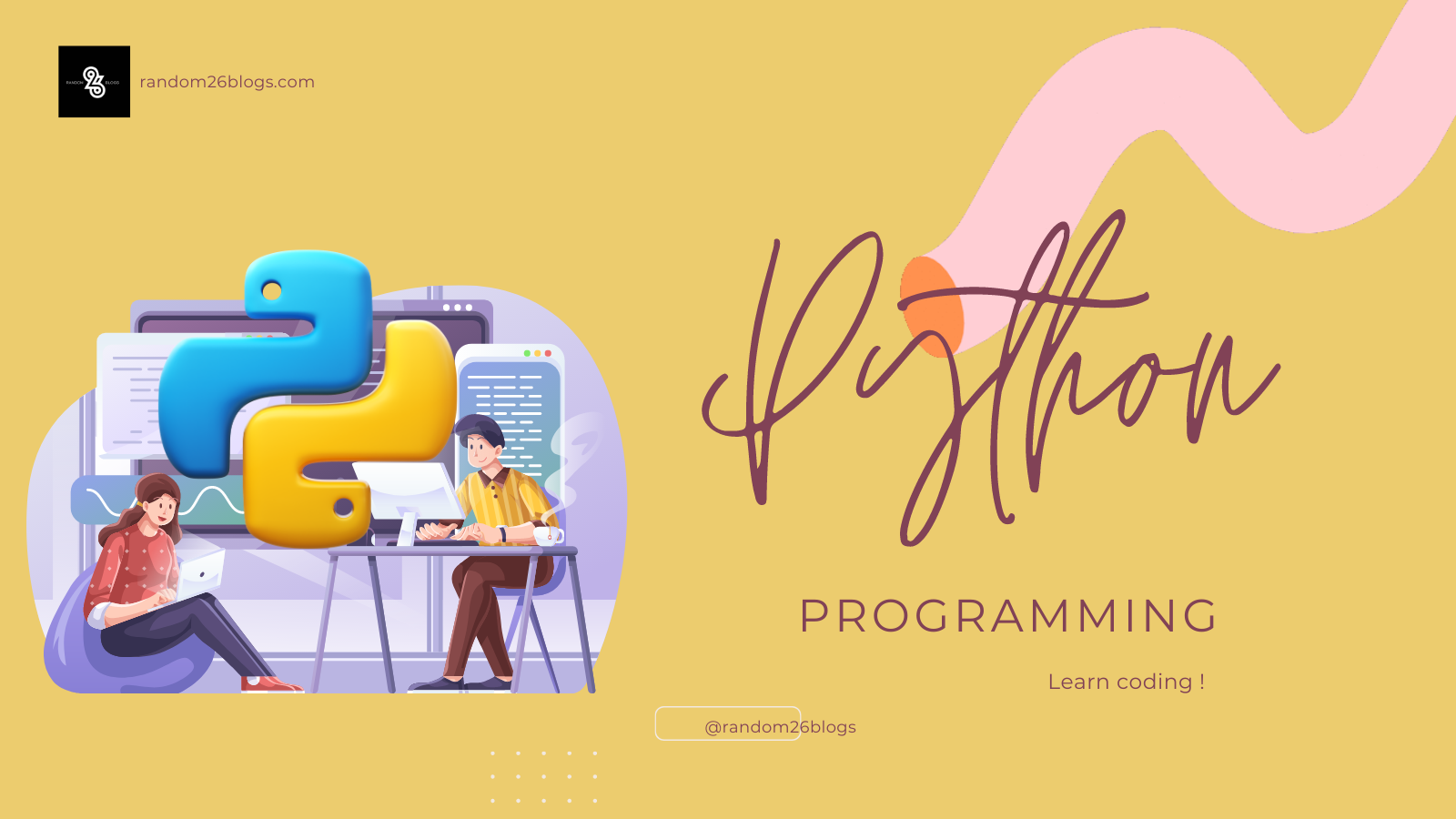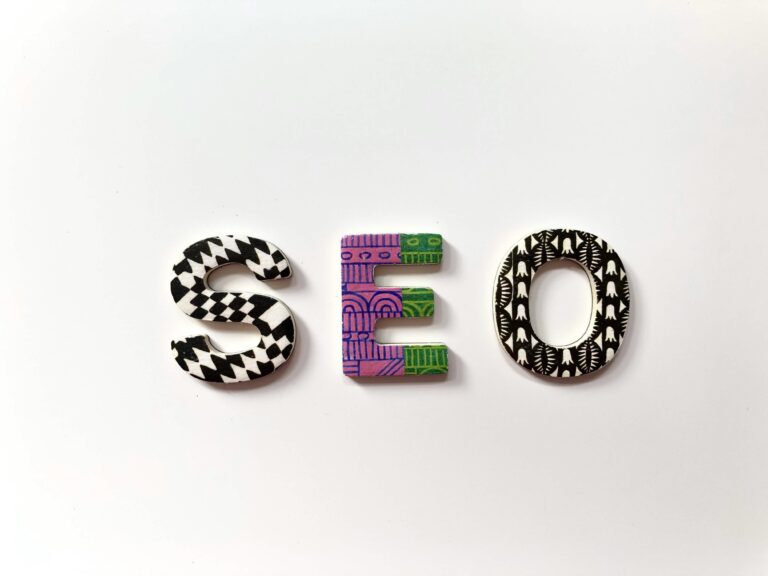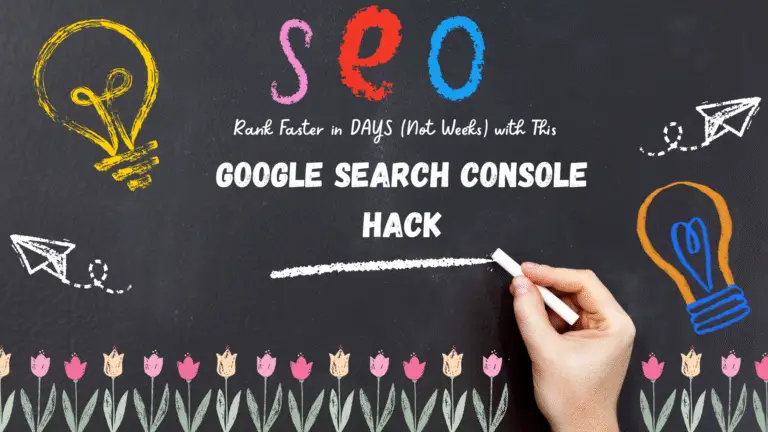
Table of Contents
what is programming?
Programming is creating instructions for computers using code. Code is like a recipe telling the computer what to do, from calculations to games. Think of it as giving directions. You start with a problem, plan how to solve it (algorithm), write the instructions (code), and then test it. It’s like writing a list of steps for a robot. For instance, using Python, you can make a calculator: add(2, 3) would tell the computer to add 2 and 3. Learning programming is about understanding logic, solving problems, and telling computers what you want them to do.
What is Python?
Python is a popular and beginner-friendly programming language known for its simplicity and versatility. Here’s a beginner-friendly explanation in just five easy pezzy points:
- Easy to Read and Write: Python’s clear and straightforward syntax makes it easy to learn and write code. It’s like writing plain English instructions, making it great for beginners.
- Versatile and Powerful: Python can be used for a wide range of applications, from web development and data analysis to automation and artificial intelligence. It’s a tool that fits many tasks.
- Vast Community Support: A large and helpful community of Python enthusiasts provides tutorials, libraries, and resources. If you face a problem, chances are someone has already solved it.
- Interactive Learning: Python’s interactive shell lets you test code instantly. You can experiment, see results, and learn by doing, which is ideal for hands-on learners.
- Entry Point to Coding: Python is often recommended as a first programming language because it builds foundational coding skills. Learning Python can pave the way for understanding more complex languages later.
Features of Python:
- Simple and Readable Syntax: Python’s straightforward syntax resembles English, making it easy for beginners to learn and understand.
- Vast Standard Library: Python comes with a rich set of built-in modules and libraries, providing ready-to-use functions for various tasks like working with data, handling files, and more.
- Interactive Environment: Python’s interactive shell allows beginners to write and execute code instantly, helping them learn through experimentation.
- Cross-Platform Compatibility: Python runs on various platforms (Windows, macOS, Linux), ensuring your code works consistently regardless of the operating system.
- Diverse Applications: Python is used in web development, data analysis, scientific computing, automation, artificial intelligence, and more. This versatility lets beginners explore different areas of interest.
what Python is used for?
- it is used in data visualization to create graphical representations and plots.
- it helps in data Analytics to analyze and understand raw data for insight and trends.
- it is used in AI and machine learning to simulate human behavior’s and to learn from past data without hard coding.
- it is used in creating WEB applications.
- and it can be used in handle databases
- used in business and accounting to perform complex mathematical operations along with quantitative and qualitative analysis.
if I want to say all the above in more simpler way I would say like this:
Python is like a magic tool that helps with different things:
- Making Pictures: It can draw pretty charts and pictures to show data.
- Solving Puzzles: It looks at a bunch of numbers and figures out cool things from them.
- Learning Like Us: It pretends to think like us and learns from stories hidden in numbers.
- Building Websites: It creates websites so you can play and share stuff online.
- Organizing Things: It helps keep track of lots of information, like names and numbers.
- Math Magic: It’s used in money and counting to do tricky math and find important facts.







1 thought on “Easy way To Learn Python| Python Tutorial for Beginners.”